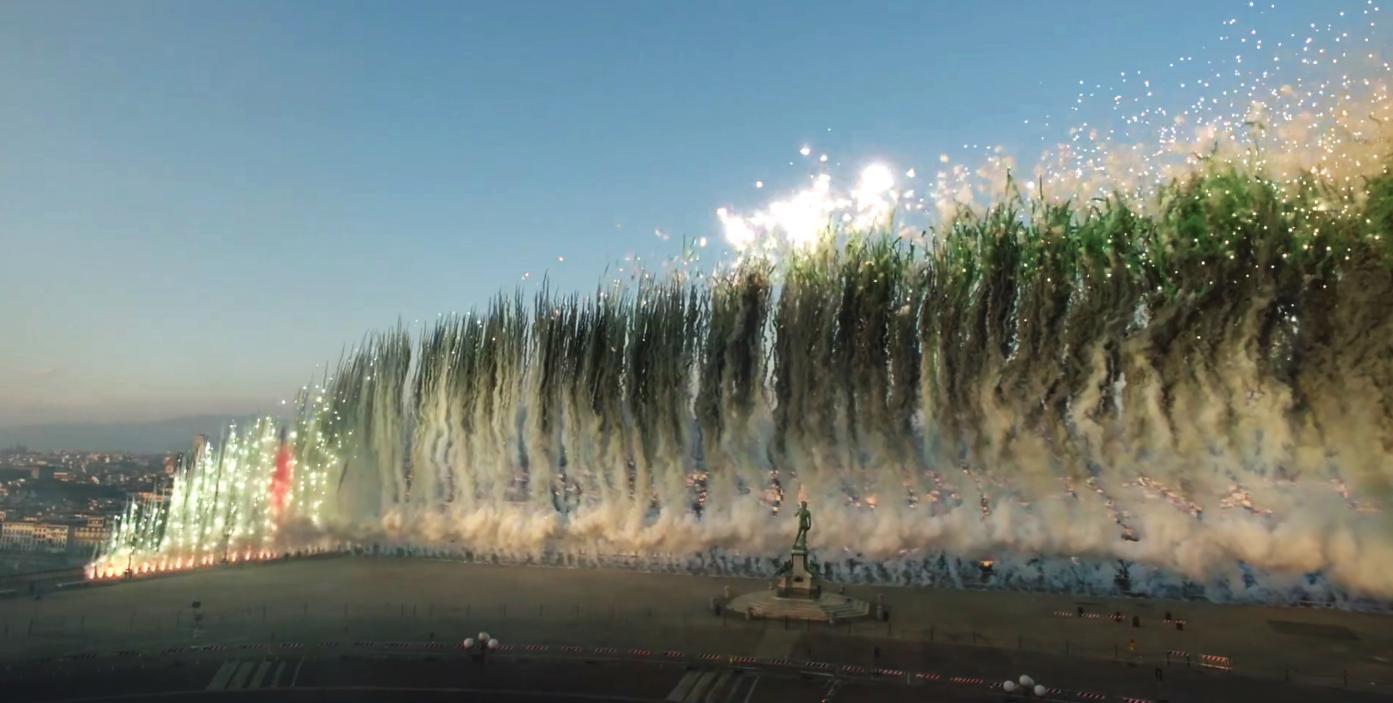Spiritual Practice & Experience: A Kind of Contemporary Art View Leading to Civilization
Abstract
As a kind of perceptual sign of human spiritual dynamics and civilization height, “contemporary art” does not pursue the performing “sense of existence” under the spotlight, but leads to civilization and seeks its own “sense of belonging” through the current spiritual practice and exploration of the living noumenon of art — human— to the daily life world. Criticizing and deconstructing the traditional purist view of art, rejecting art for art’s sake, and promoting “art noumenon” to “existence noumenon” — value significance of Karl Popper’s so-called “Three Worlds”, which are mutually dependent and promoting, mutually opposite and complementary, has been historically awakened and highlighted. Among them, “world two (experiencing world)”, which is characterized by human spiritual practice and behavior experience, has the most life significance and artistic value “from culture to civilization”. Define contemporary art from five key points combined with world two: reflecting the daily state of consciousness or mental state of human and society; highlighting the behavior, interaction, recognition of spiritual activities, and the everydayness of the effect on three worlds; an existing way of perceptually mastering the world; a symbol of apperception, personification, and living humanity world; and an artistic and dynamic world of connecting and driving the three worlds. Its fundamental logic is that: experience is cognition, that is, the continuous unity and dynamic unity of expression; it is the highest belonging and value conversion of culture leading to civilization; it is the true art that pursues truth, discovers possibility and highlights human nature.
References
[2] [GBR] K. Popper, Weiguang Shu, etc (transl.). (1987). Objectlve Knowledge: An Evolutionary Approach (p. 114). Shanghai: Shanghai Translation Press.
[3] [GBR] K. Popper, [AUS] J. G. Eccles. Shuli Ji (Ed.). (1987). Evolution of Scientific Knowledge (pp. 405-415). Beijing: Sanlian Bookstore.
[4] [GER] K. H. Marx, F. Engels, etc. Central Compilation & Translation Bureau. (1972). Selected Works of Marx and Engels (Vol. 2, p. 104). Beijing: People’s Press.
[5] [GER] K. H. Marx, Kun Liu (transl.). (1979). Economic and Philosophical Manuscripts 1844 (p. 78). Beijing: People’s Press.
[6] [USA]Patricia O’B., Lynn Hunt (Ed.). (1989). The New Cultural History (p. 37). Berkeley, Calif.:University of California Press.
[7] [USA] J. Dewey, Ying Cheng (transl.). (2011). Art as Experience (Cover), Beijing: Jincheng Press.
[8] [FRA] G. Bataille, Guangji Wei (transl.). (2016).Inner Experience (pp. 30-31). Guilin: Guangxi Normal University Press.
[9] [FRA] M. Merleau-Ponty, Zhihui Jiang (transl.). (2001).Phenomenology of Perception (pp. 228-265, pp. 543-571). Beijing:The Commercial Press.


This work is licensed under a Creative Commons Attribution 4.0 International License.
Copyright for this article is retained by the author(s), with first publication rights granted to the journal.
This is an open-access article distributed under the terms and conditions of the Creative Commons Attribution license (http://creativecommons.org/licenses/by/4.0/).






















